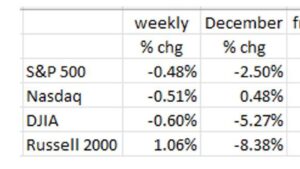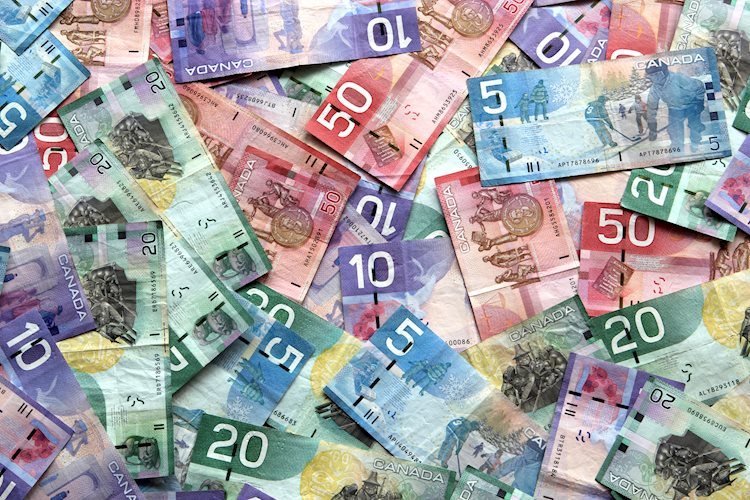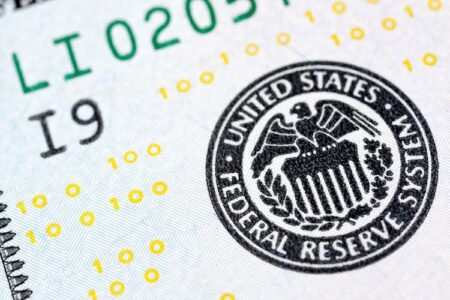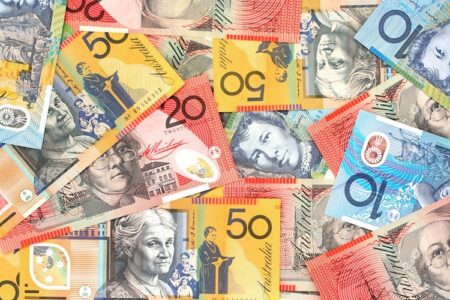- The Canadian Dollar (CAD) remained swamped against the US Dollar on Thursday.
- Canadian PMI data from December beat expectations but failed to spark a Loonie rally.
- US PMI data on Friday will be the figure to beat for a risk appetite upswing.
The Canadian Dollar (CAD) remained stuck on the low side against the Greenback on Thursday, with Loonie traders kicking off the new year in a tepid stance. After shedding nearly eight percent top-to-bottom through the last quarter of 2024, the Loonie is struggling to find a technical recovery as market expectations weigh on the CAD.
Canadian Purchasing Managers Index (PMI) survey results from December beat the street, ticking higher when median market forecasts expected a downturn, but the mid-tier figure was unable to spark a relief rally in the battered Loonie. Markets are churning as investors warm up for the 2025 trading season, and overall market volumes remain tight following the midweek New Year’s holiday on both sides of the 49th parallel.
Daily digest market movers: Loonie holds on the low side as new year kicks off
- Canadian Manufacturing PMI survey for December climbed to 52.2, beating the forecast decline to 51.9 from the previous 52.0.
- Despite the data beat, the Loonie remains underbid near multi-year lows.
- US Initial Jobless Claims cooled to 221K for the week ended December 27, undercutting the forecast uptick to 222K from the previous week’s 220K, helping to support the US Dollar.
- Canadian data is wrapped up for the week.
- US ISM PMI figures are due on Friday to round out the trading week, expected to hold flat in December at a contractionary 48.4.
Canadian Dollar price forecast: Loonie stuck waiting for technical correction
The Canadian Dollar remains in a firmly bearish technical stance heading into 2025, with the Loonie stuck near multi-year lows against the US Dollar. The USD/CAD chart continues to grind through chart paper near 1.4400, keeping price action swamped near the pair’s highest non-pandemic prices since 2016.
One-sided bearish action in the Loonie has kept USD/CAD bolstered into highs in conjunction with a broad-market rally in the Greenback, and CAD bidders are struggling to find their feet. However, failure to continue pushing higher from here could give Loonie bulls a fresh spark to turn bids around and force USD/CAD back down to the 50-day Exponential Moving Average (EMA) near 1.4135.
USD/CAD daily chart
Canadian Dollar FAQs
The key factors driving the Canadian Dollar (CAD) are the level of interest rates set by the Bank of Canada (BoC), the price of Oil, Canada’s largest export, the health of its economy, inflation and the Trade Balance, which is the difference between the value of Canada’s exports versus its imports. Other factors include market sentiment – whether investors are taking on more risky assets (risk-on) or seeking safe-havens (risk-off) – with risk-on being CAD-positive. As its largest trading partner, the health of the US economy is also a key factor influencing the Canadian Dollar.
The Bank of Canada (BoC) has a significant influence on the Canadian Dollar by setting the level of interest rates that banks can lend to one another. This influences the level of interest rates for everyone. The main goal of the BoC is to maintain inflation at 1-3% by adjusting interest rates up or down. Relatively higher interest rates tend to be positive for the CAD. The Bank of Canada can also use quantitative easing and tightening to influence credit conditions, with the former CAD-negative and the latter CAD-positive.
The price of Oil is a key factor impacting the value of the Canadian Dollar. Petroleum is Canada’s biggest export, so Oil price tends to have an immediate impact on the CAD value. Generally, if Oil price rises CAD also goes up, as aggregate demand for the currency increases. The opposite is the case if the price of Oil falls. Higher Oil prices also tend to result in a greater likelihood of a positive Trade Balance, which is also supportive of the CAD.
While inflation had always traditionally been thought of as a negative factor for a currency since it lowers the value of money, the opposite has actually been the case in modern times with the relaxation of cross-border capital controls. Higher inflation tends to lead central banks to put up interest rates which attracts more capital inflows from global investors seeking a lucrative place to keep their money. This increases demand for the local currency, which in Canada’s case is the Canadian Dollar.
Macroeconomic data releases gauge the health of the economy and can have an impact on the Canadian Dollar. Indicators such as GDP, Manufacturing and Services PMIs, employment, and consumer sentiment surveys can all influence the direction of the CAD. A strong economy is good for the Canadian Dollar. Not only does it attract more foreign investment but it may encourage the Bank of Canada to put up interest rates, leading to a stronger currency. If economic data is weak, however, the CAD is likely to fall.
Read the full article here
















